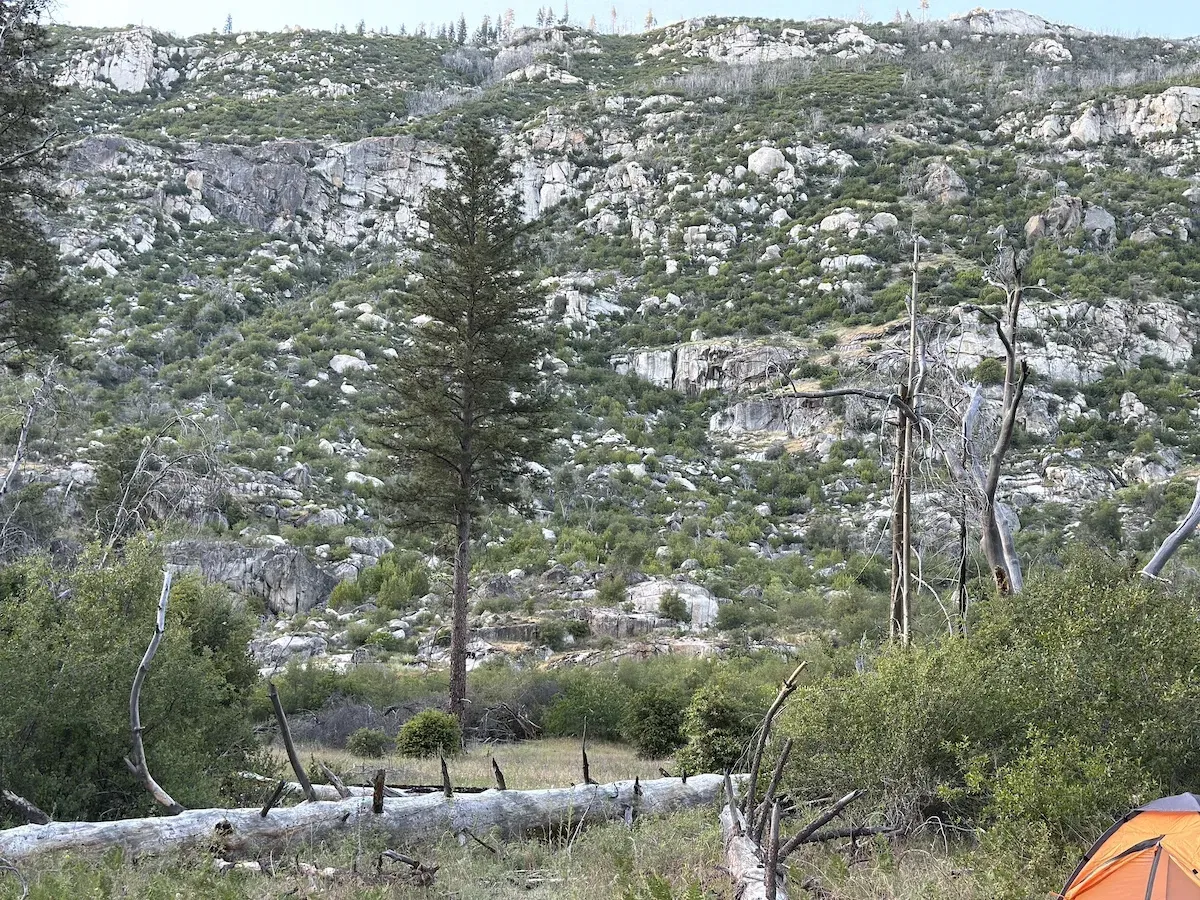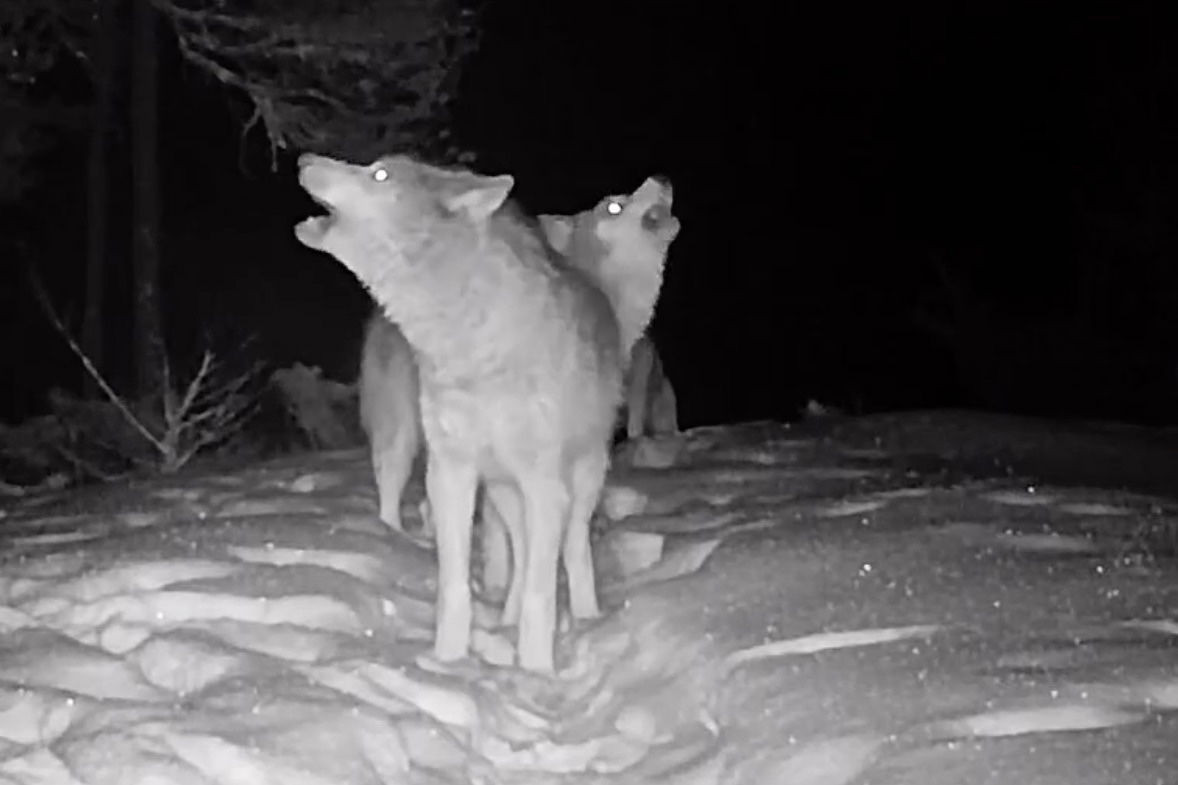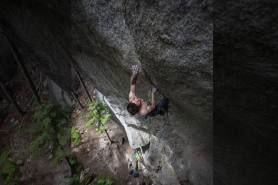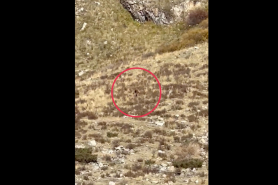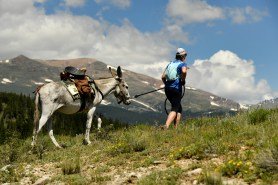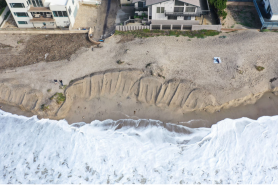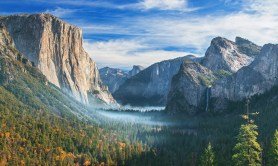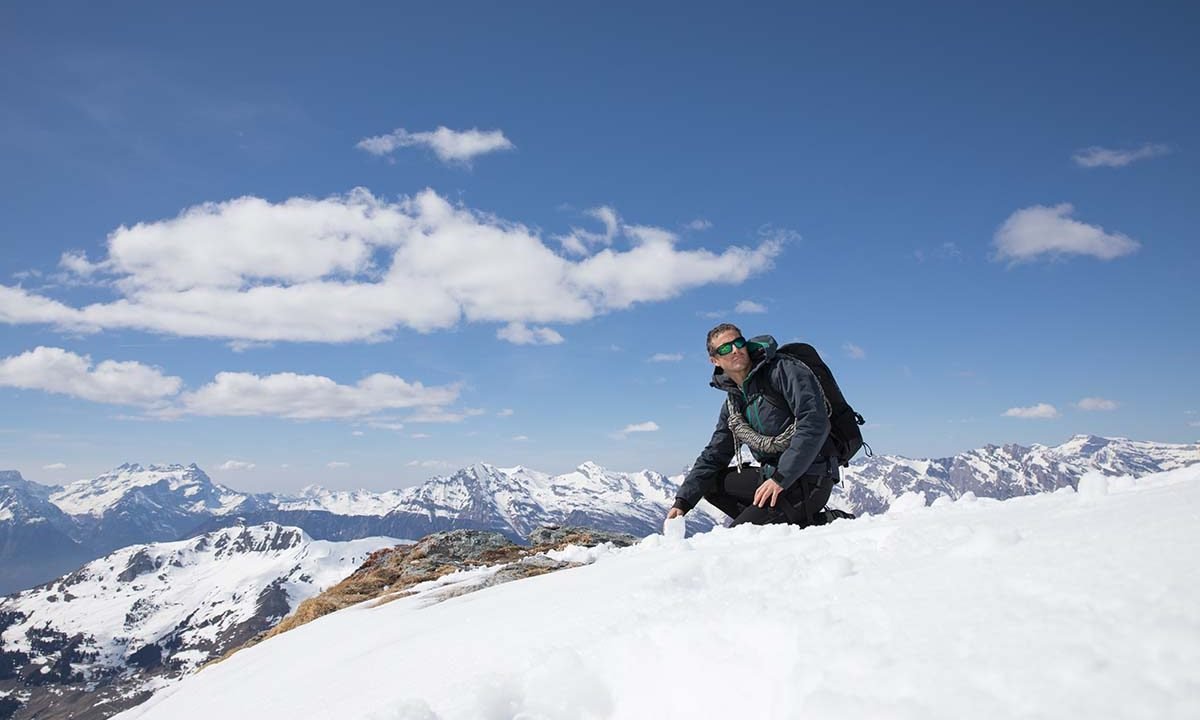

When Bear Grylls climbed Mount Everest in 1998 at the age of 23, he became one of the youngest people to have climbed the mountain. It was a huge achievement—but he faced many hurdles along the way.
Videos by Outdoors
First of all, he had broken three vertebrae in his back 18 months before the climb. He had to overcome all of the physical and mental challenges associated with rehabilitating his back to even get walking again, not to mention getting fit and training for such an intense expedition.
‘I Seem So Full of Fears About Everything’
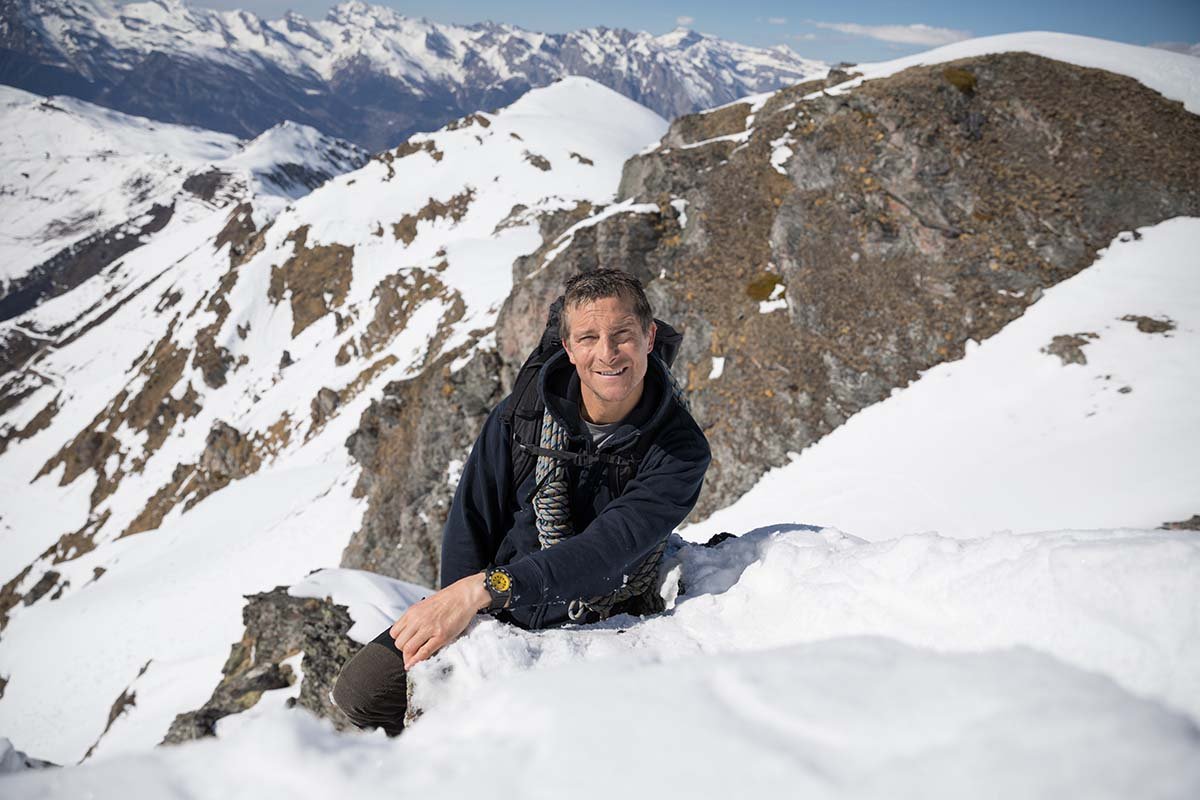
When he arrived at Everest, Bear wrote about how hard he found it to adjust to life at Base Camp, 17,4500 feet up the mountain—there was “the cold, the extreme altitude and the wilderness of rock and ice,” along with the absence of anything familiar like trees or flowing water, plus getting used to breathing in the thin air.
One of the first challenges of climbing Everest is to get through Khumbu Icefalls, which is 2,500 feet of ice, on the way to Camp One.
In his gripping book about the climbing expedition, Facing Up, which was published in 2000, Bear shares what he wrote in his diary the night before the first climb on the Icefalls, about his fears and about how the build up to the climb was so exhausting, mentally:
“I seem so full of fears about everything. The cold, the risk of death in the falling ice, the pain of the climb itself. There seems so much ahead. Nobody minds pain occasionally, but the prospect of being at my physical wit’s end for the next two months terrifies me, as I stand here at the starting gate,” Bear wrote. “Taking gambles like this just isn’t healthy. I feel knotted up inside. All I seem to have to hold on to are my stuttering faith and my memories of those I love at home.”
A Near-Death Experience
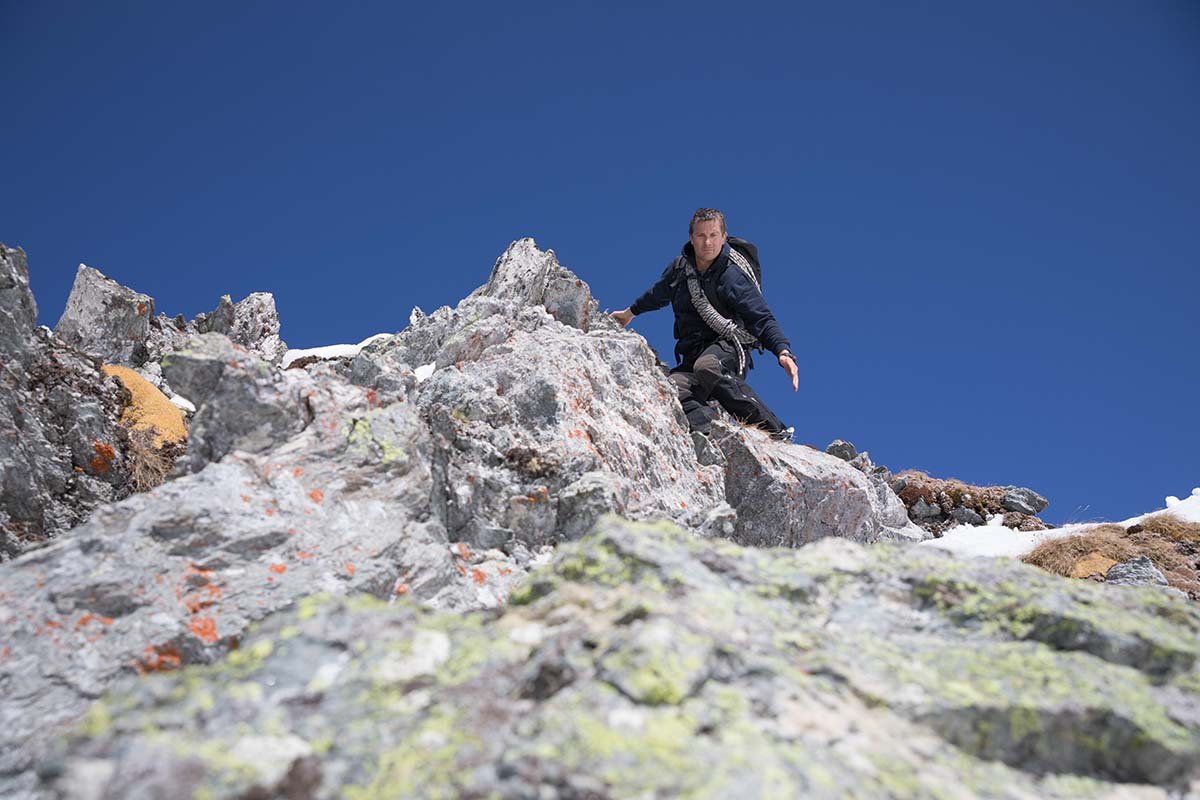
The next day, Bear and the team set off up the huge frozen Icefalls, climbing over dangerous frozen peaks, ice cubes, and frozen bridges, and across a set of ladders, precariously set up across crevasses with steep drops into the abyss.
At one stage, a huge section of ice cracked and gave way. Bear’s legs buckled and he fell down into a crevasse, being smashed by the falling ice. He lost consciousness for a few minutes. He was dangling on a thin rope and was eventually pulled out by the team’s two Sherpas, Nima and Pasang, who luckily were nearby.
Despite this terrifying incident, and how it knocked his confidence and shook him up, Bear didn’t give up. He later wrote that the constant worry and strain of not knowing what lay ahead had plagued his waking hours on Everest, but he always pushed through the fears.
“Even on rest days at Base Camp, the gentle nagging fear never left the recesses of my mind. The fear of what the next day would bring, the fear of the unknown, and the fear of possibly not seeing my family again,” wrote Bear in Facing Up.
‘And Then You Go Again’
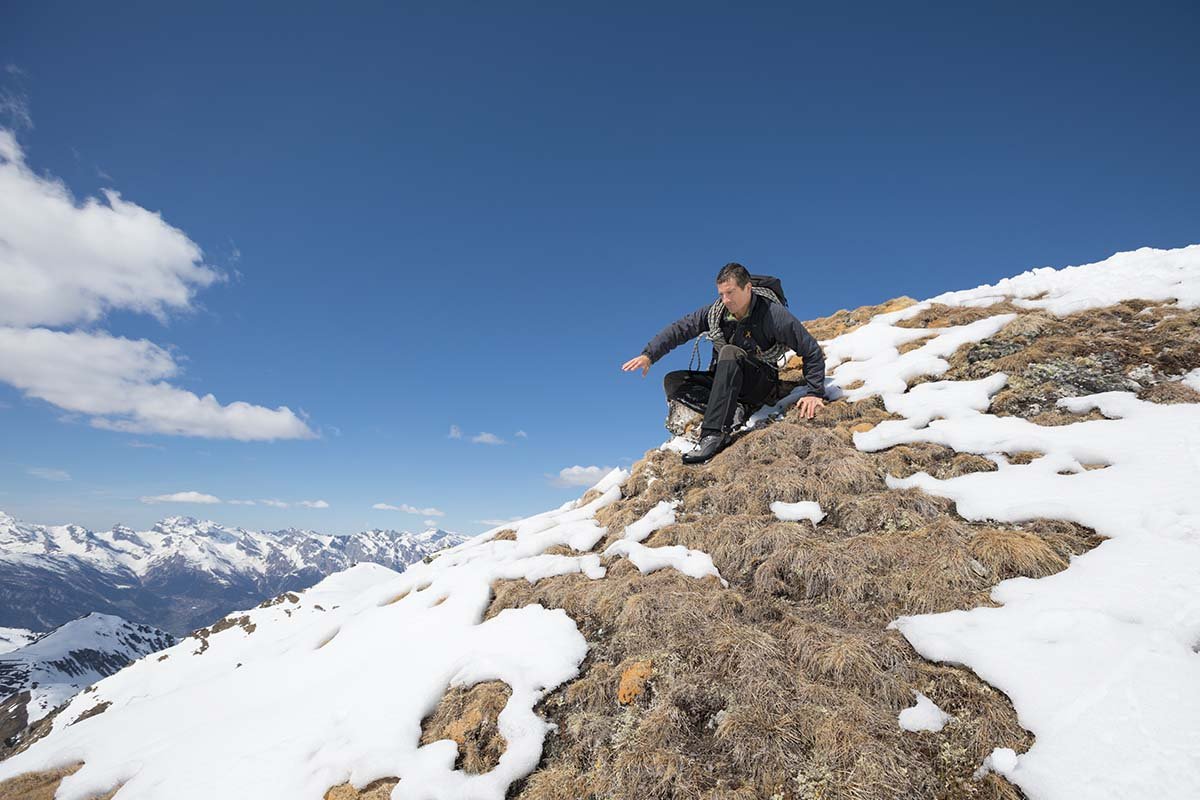
Bear recently told a story to Danny Trejo in Running Wild, when they had just ziplined down a cliff, about one particularly difficult time during his Everest summit.
“I could see the last 1,000 [feet] above me in a snowstorm in the middle of the night and the steep couloir, deep snow. Every step I went on, I was sliding two back. However, halfway up this thing, I was hyperventilating, dizzy, I was hallucinating, and I said ‘I cannot do this’, you know that voice is going ‘I cannot’ but it’s like, do you know what, also it’s all come to this. I’m not going to quit.”
“The thing is all the fatigue and the doubt . . . you know, I think as you get older, you learn how to manage yourself and sometimes it’s hard, you’ve got to rest and then you go again,” he said.
It’s Not About Not Being Afraid

Bear made it to the top of Everest in 1998, and he hasn’t done it again (at least not yet), but he has undertaken some more amazing challenges, such as an Atlantic crossing in a rib boat, a dinner party in a hot air balloon at 25,000 feet, and a paramotoring challenge over the Himalayas, among many, many others.
His motto has always been “never give up,” and he has always said that it is the failures in life that teach us how to build up inner resilience.
As Bear wrote in his book Never Give Up, it is not about never being afraid, but it is about learning to overcome the fear. “The mark of a champion is never the absence of fear or doubt, but rather how you respond when doubt and fear comes a-calling. That’s the clincher. Because if the stakes are high enough, trust me, the doubts and fears will come. What matters is how we respond.”
“The way you deal with fear and doubt is to confront them. Head on. Keep moving
towards the difficult. Acknowledge and then shake off those doubts, and keep going. Head down, into the wind.”
